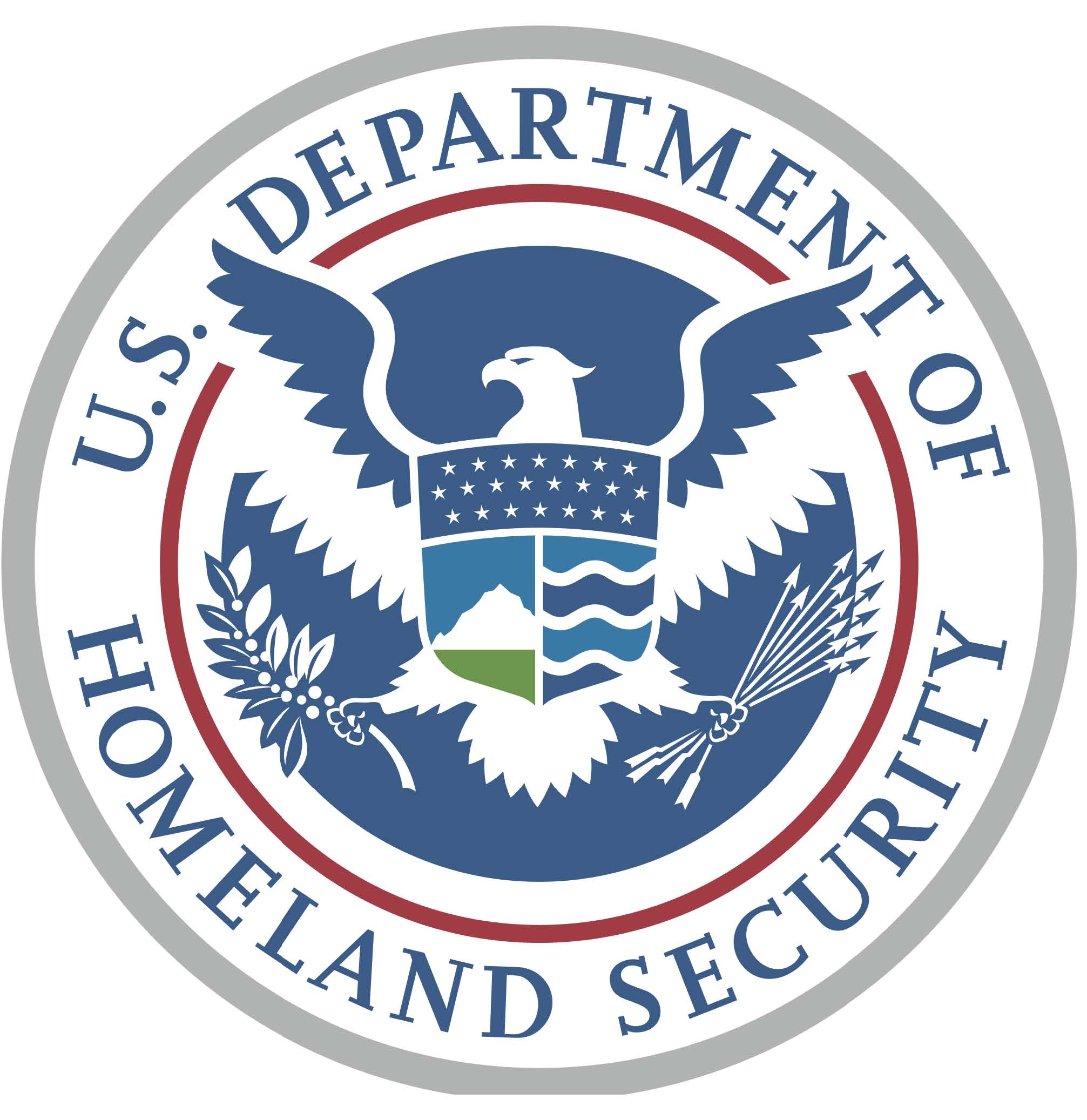
Rachel Martin on Food Security – Inspections on Imports, Part 2
By Charmayne Hefley, Associate Editor
This is the final segment of a two-part series with national chairman of Homeland Security for the National Federation of Republican Women, Rachel Martin on food security – Inspections on imports into the United States.
Due to budget cuts, as reported in Part 1, the Department of Homeland Security inspects only 1 in every 60 containers arriving in the U.S. This ratio brings up two issues, according to Martin: (1) the threat of terrorism and (2) concern over food safety. Failure to properly inspect imported containers exposes American citizens to toxins in imported goods that don’t meet the same regulatory standards as food products produced in the United States.
“When you’re doing things en masse,” Martin said, “and the [containers with imported food] are not being inspected, many dangers can come into the country that can kill people—especially the elderly and kids because we know they are more susceptible to bacteria and chemical toxins.”
While she is aware of the potential for accidents and mistakes in food safety, Martin said risking the safety of our country and citizens by inspecting only a limited number of imported containers to save money is more harmful than helpful. “Accidents are going to happen with any food,” Martin said, “even with when I cook for myself in my own kitchen. I may undercook my meal, and there is a possibility I can get food poisoning that way.”
Martin said the Obama administration’s budget cuts have hurt Homeland Security’s inspection rate on food imports. “Number one, it’s not right, there are so many regulations here that we have to deal with,” Martin said. “And number two, it’s wrong that these containers are not inspected because people can become very ill and be killed by food toxins that come into the country in the absence of inspection. ‘Not to mention, the terrorists, bombs, weapons and anything else that is dangerous that could be on those containers.”








